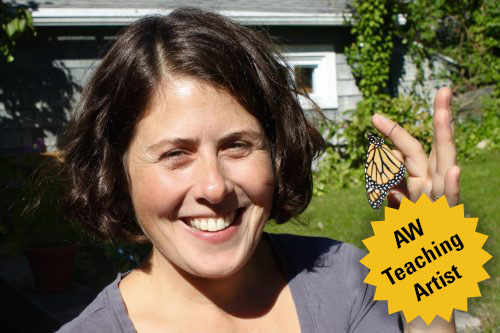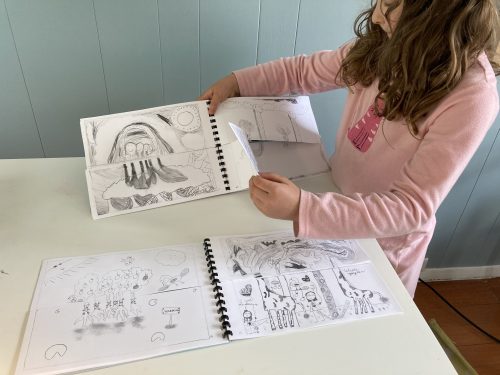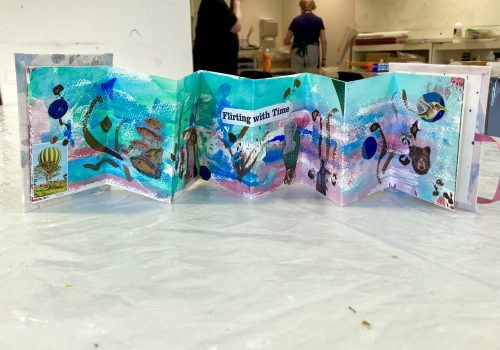Erin Carney
category: Visual,
Contact & Info
Website: http://www.erincarney.net
Artist Statement
Erin Carney has a passion for color and uses direct and indirect painting techniques to develop color-driven landscape and abstract paintings. Her work engages with states of being, interior landscapes, land use, and investigations of attention and perception. Erin lives in Sleepy Hollow and, when she isn’t painting or teaching, loves to create pollinator gardens in under-utilized urban spaces, walk in the woods, cross-country ski, and section-hike the Appalachian Trail with her family.
Educational Background
Erin Carney is a figurative-trained painter with a background in sculpture. This in-depth, three-dimensional study is an asset in the classroom as it provides language and helpful models to guide students through the process of understanding light, shadow, and forms in space and translating the three-dimensional world onto the picture plane.
Erin Carney holds a MFA in Painting from the New York Academy of Art, a BFA in Sculpture and a BA in English Literature from the University of Michigan. Professional experience includes giving public lectures about her work, giving critiques as a visiting artist, curating and hanging public exhibitions, serving as a juror in work selection, and participating as a grant review panelist. Erin Carney has taught at all levels including college, pre-college, upper school, lower school, after-school, senior, intergenerational, community, continuing education, museum, and professional development settings.
Teaching Artist Experience
Erin Carney has extensive teaching experience with varied populations, skill levels, and educational settings. This teaching experience includes: community-based public mural projects; college-level drawing and painting classes from beginning to advanced; group figure drawing and painting classes with the live model; pre-college foundation courses for high school students preparing portfolios for art college admission; hand-made book workshops in elementary, senior, after school, and intergenerational group formats; project-based, interdisciplinary collaborations with language arts teachers; and observational drawing classes in public museums.





